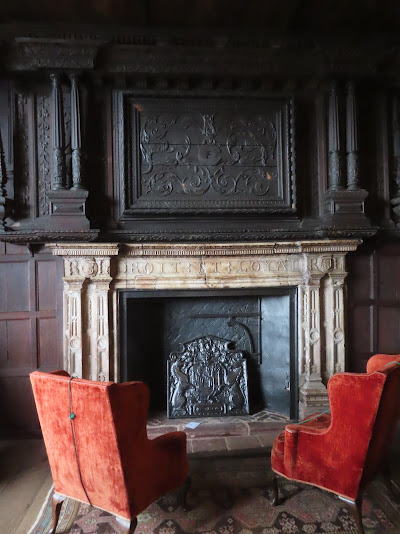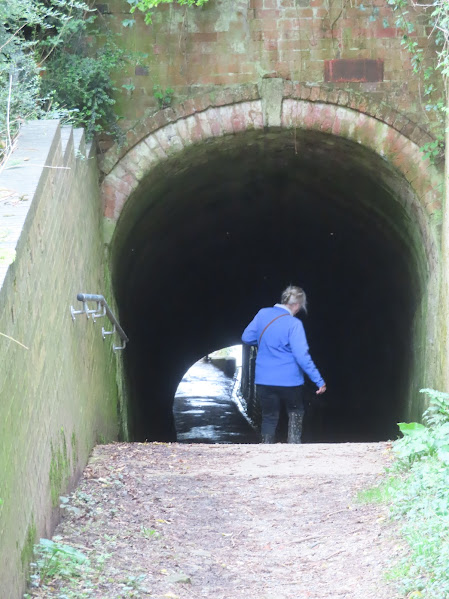Well we arrived at Calcutt Marina yesterday, and moored where we had been told to. I later went up to the office to check in and they asked if we could move to the other side and stern to the quay. As I got back to the boat and roused Helen out to assist a young lad rocked up to move the boat for us. I was very polite in telling him that we were quite capable of moving the boat ourselves. It was accomplished with no hassle, and quickly as it was raining!
This morning Dave (I think it was) arrived and surveyed the job before heading off to get the required tools etc. The main job we had was to sort the Hurricane heater out as we had a series air lock I thought and I hadn't been able to shift it. The coolant needed changing too so they could do that at the same time.
However he decided to do the second job first that was to change the coolant in the Kubota/Beta engine. There is a drain on the st'bd side of the engine, but he decided to remove the hose that went into the skin tank and drain it all into the bilges. I thought that this would not be very good, but in the end it worked well, as we don't have a painted bilge, and the coolant mixture did a good job of 'cleaning' the base plate. Once finished he used a wet vac. to suck it all up and brought all the rubbish with it and the engine hole locks as clean as it has been for a good while.
Then it was the turn of the Hurricane. I really think these are a great bit of kit for heating and hot water. They only need servicing every 1,000 hours and they just work. However this time aboard when we put it on it cut out and the expansion tanks overflowed. After poking about with it and doing what I do didn't work I contacted Calcutt who are the main distributors of these Canadian devices. It was also well beyond time for changing the coolant so that was to do at the same time.
Dave's method was to open the bleed valve at the furthest radiator and and drain the fluid out whilst keeping the header tank topped up. As you can imagine as the eye in the bleed valve is very small this took a long time. I could do this myself so Dave went off to do other jobs, just popping back every now and then. Once the water coming out of the radiator was running blue, as the new additive, we concluded that we had drained all the old stuff out and replaced with new.
It was then time to turn it on and see what happened. It ran for a while and then had a flame out. It seemed that there was still an airlock in the system. Dave got down and took the little plate off the top. It seems that there was a reset button in there and once that was sorted it ran okay.... for a while. It then cut out again and I just caught it before it all came out of the header tank again. We still had an air lock.
The last time that Dave had worked on the system it was for a slightly cracked fuel deliver valve casing that leaked fuel, but was invisible unless looking right at it with the system running. Once that was sorted he installed bleed valves on the inlet and outlet feeds to the unit. He bled these and we were away. I left the boiler going for ages and go everything really hot and checked all the radiators hot. I frequently checked the header tank to see how high it got. Just over half way at full heat. I later checked it after the system had cooled right down and it was just below half way. Dave thought that there had been a bit of water lost from the system so when it started up it sucked air into the system. Lets hope it was sorted out.
I went to pay the tab just before 17:00 and got ready to leave Calcutt for the long journey to our marina berth. We set off just as two boats had come down from the bottom of the Calcutt locks. The ind was blowing us towards the entrance to the cut so there wasn't much I could do until we were at the entrance. Eventually the hire boat realised the problem and cracked on. However at the entrance to our marina about 100 yards away a boat was winding and that meant more waiting about, fortunately the trees meant that the wind wasn't nearly so bad on the cut. We eventually got back on our berth stern too.
We will have to go for fuel in the morning before heading home after a lovely trip out.
We went to the Crown Inn at Stockton and had a lovely meal for our last supper.























































